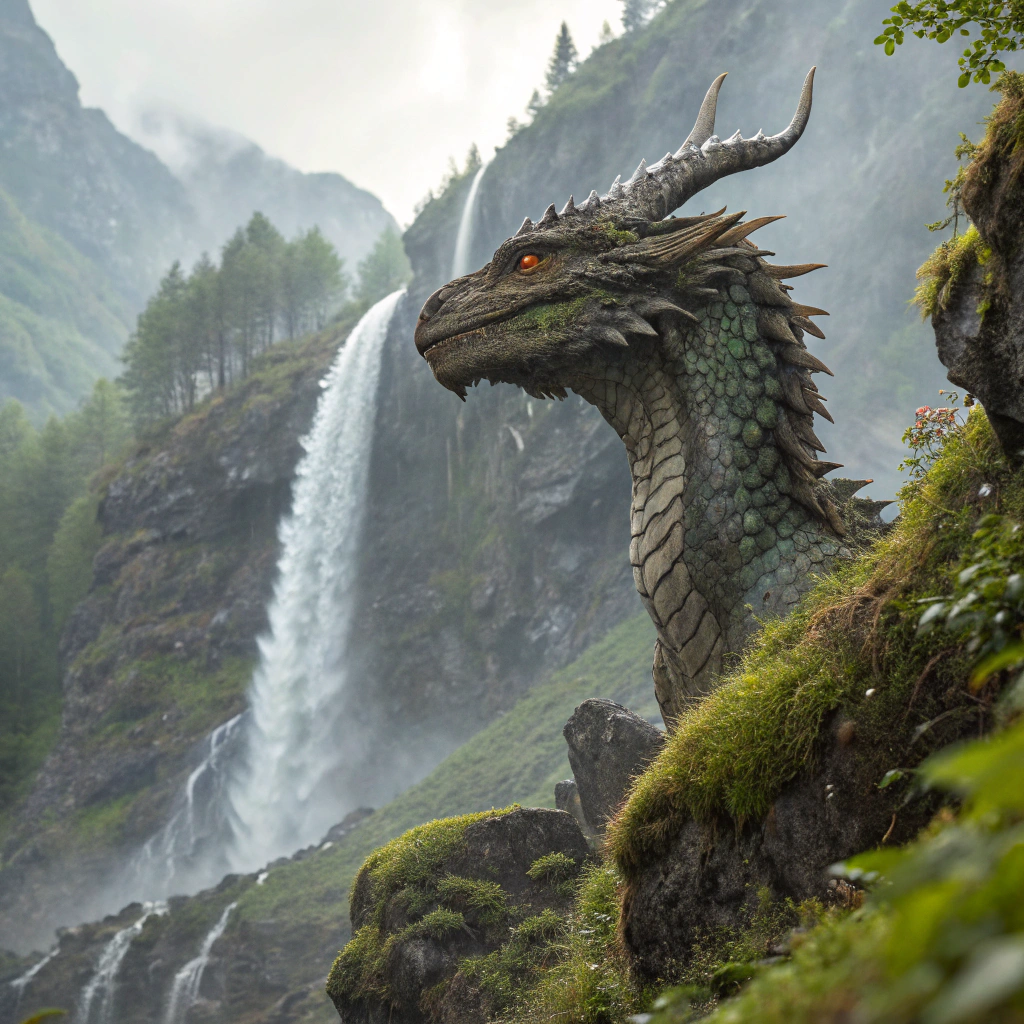
Earth Dragon Name Generator
Name: Terra
Meaning Origin Description Earth Latin Ancient guardian of soil and stoneName: Gaia
Meaning Origin Description Earth Mother Greek Protector of natural landscapesName: Boulder
Meaning Origin Description Large Rock English Massive and immovable dragonName: Terrador
Meaning Origin Description Earth Lord Fantasy Master of mountains and cavesName: Onyx
Meaning Origin Description Dark Gem Greek Black-scaled earth dwellerEarth Dragon Details
| Habitat | Underground caverns and mountain hearts |
| Breath weapon | Crystal shards and stone |
| Usual alignment | Lawful Neutral |
The Earth Dragon (Draco terrestris) exhibits distinct morphological and behavioral characteristics adapted to its subterranean habitat. This species typically measures 40-60 feet in length, with robust, muscular limbs equipped with powerful claws specialized for burrowing. Their scales present in varying earth tones, from deep browns to mottled grays, providing natural camouflage in their rocky environment.
Notable anatomical features include:
- Reinforced skull structure for tunneling
- Dense, overlapping scales resistant to abrasion
- Enhanced olfactory organs for detecting mineral deposits
- Specialized digestive system capable of processing minerals and precious gems
Earth Dragons inhabit complex tunnel systems in mountainous regions, preferring territories rich in precious metals and crystals. They construct elaborate dens incorporating multiple chambers for sleeping, treasure storage, and offspring rearing. These dragons demonstrate remarkable geological engineering capabilities, instinctively avoiding unstable rock formations while tunneling.
Their diet consists primarily of minerals and large prey, including cave-dwelling creatures and surface-dwelling herd animals. They possess the ability to metabolize various minerals, which contribute to their scales' durability and coloration.
Behaviorally, Earth Dragons display:
- Territorial nature, especially regarding mining claims
- Strong parental instincts
- Methodical, patient temperament
- Preference for solitude
Typical alignment tends toward Lawful Neutral, reflecting their orderly nature and respect for territorial boundaries. They often establish mutually beneficial relationships with mining communities, trading protection for mining rights.
Reproduction occurs every 50-100 years, with clutches of 2-3 eggs incubated in mineral-rich chambers. Offspring remain with parents for approximately 30 years, learning essential survival skills and territory management.
The species demonstrates remarkable longevity, with documented specimens reaching ages exceeding 1,000 years. Their presence significantly influences local ecosystems, with their tunneling activities creating new habitats for various subterranean species.